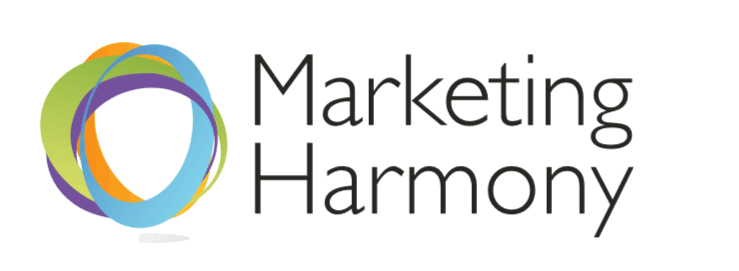Word-of-Mouth Marketing: Take the control back
Word-of-mouth marketing is the oldest and most effective marketing technique to date. After all, we all like sharing our opinions with the people around us and WOM may have more of an impact on marketing and sales than we realise:
- 92% believe brand recommendations from friends.
- People are 4x more likely to buy something when referred to by friends.
- WOM generates 2x more sales than paid ads.
- 90% search for reviews before purchasing a product.
- Customers acquired through WOM spend 200%
Considering that Facebook as 2.19 monthly users, word-of-mouth marketing is becoming immensely powerful through social media. Instead of ignoring word-of-mouth marketing, why don’t we give our customers a reason to talk and take the control back?
1. Encourage your customers to share content. Content can be incentivized through the use of promotions, competitions and discount codes. Why not allow customers to receive a discount in exchange for referrals? This will encourage friends of friends of friends to share the content. As a result, you have taken back the control of word-of-mouth marketing by giving your customers something positive to talk about and share online.
2. Use #. You probably already use hash-tags and might ignore this point, but you must carefully plan your hash-tags beforehand. In order to generate content that is easily identifiable from users, a unique hash-tag must be introduced. This should clearly relate to your brand whilst making customers want to use it. Why not share user generated content using the # onto your social media sites and website? It will create a sense of community.
3. Try and encourage positive reviews and testimonials on your site. This may be easier said than done, but I have come up with a few pointers to help you out. Firstly, you should try and get customers to review your product immediately after purchase. Why not make it mandatory to give a star rating immediately after purchase? Secondly, you should take time to respond to reviews online which shows you care and value your customers, even if it is a negative comment your response will show the customers are your number one priority. Finally, you should share customer testimonials on your website as prospective customers will take note. The main aim is to reassure.
Let’s use Uber as an example. Most people have used Uber and, if not, they have heard about Uber. But, why? Firstly, Uber use referral codes. You get a free ride of £5 when a friend signs up and enters your code. Secondly, the code can be shared on social media demonstrating to your followers that you are a user of Uber. Finally, Uber encourages reviews immediately after your journey. Not only do you review your driver, but the Uber driver reviews you. This all creates a strong sense of ‘Uber community’.




